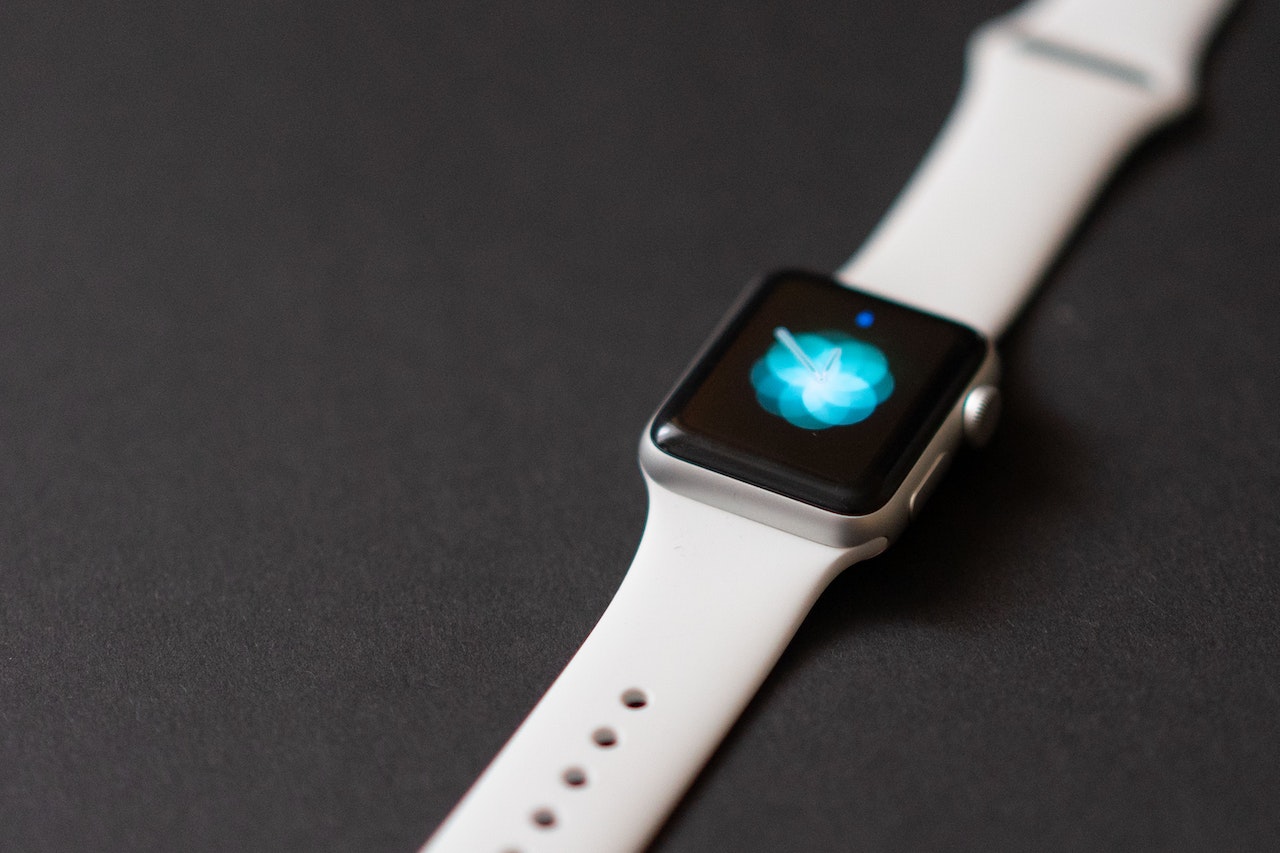Written By: Tim Wagner
Published On: Jan 12, 2023

When it comes to wearable technology, the Apple Watch is among the most feature-rich options. Counting steps and calories burned, keeping track of sleep patterns, and monitoring monthly cycles are just a few of the health features this powerful device offers. Apps are available, for instance, that can examine electrical signals (ECG) and heart rate patterns for irregularities. Blood oxygen levels can be monitored, which can indicate breathing or circulation problems.
Even though it can't take the place of a doctor, an Apple Watch can be helpful in providing additional information about a patient's health in certain situations.
Listed below are few of the most useful health features on the Apple Watch, along with some helpful hints on how they function and an explanation of why medical professionals are increasingly relying on patients to use them.
The Apple Watch's ability to monitor sleep was a game-changer when it was released. With the new Sleep Stages feature in watchOS 9, you can track your progress through various stages of sleep, such as Rapid Eye Movement (REM), Deep Sleep (Deep Sleep), and Core Sleep (Core Sleep). These readings can be analysed in the Health app on your iPhone to provide a more complete picture of your nightly rest.
The Apple Watch has a very precise heart rate monitor compared to other fitness trackers and smartwatches.
It accomplishes this by detecting a sequence of flashing green LED lights with in-built photodiodes (light sensing photo sensors). The watch monitors blood flow by flashing lights on the wearer's wrist hundreds of times per second. You can use it to keep track of your heart rate in beats per minute (i.e. your heart rate).
The Apple Watch is more accurate than other wrist-based fitness trackers, but its heart rate monitor is still not medical grade. Comparing the Apple Watch to an EKG machine (typically found in a doctor's office) found that the former had an accuracy of about 91%.
The accuracy of the Apple Watch makes it a good buy for anyone who wants to monitor their exertion levels during workouts, and it can also provide useful data on issues like sleep deprivation and irregular heart rates.
Sleep apnea, in which breathing is interrupted because of a blockage in the airway or a failure of the brainstem to drive respiration, is one such condition that may be indicated by a heart rate that spikes during sleep. The degree of fluctuation in your resting heart rate can also be an indicator of your stress levels, since your heart rate increases in response to stress.
Older people, and anyone who uses an Apple Watch while hiking, biking, or climbing, can benefit greatly from the fall detection feature.
When the watch detects that you've fallen, it gives you a vibration and an alarm on your wrist and shows you a warning on the screen. You have the option of either notifying the authorities or ignoring the warning.
In addition, the watch will begin a 30-second countdown with vibrations and sounds if there is no motion detected for about a minute. If you still don't move, it will send an alert and your current location to your emergency contacts and then call for help.
The new wrist temperature sensor found on the Apple Watch 8 and Apple Watch Ultra takes readings every five seconds while you sleep. Based on this information, algorithms can calculate a normal evening wrist temperature and track any overnight fluctuations.
Future applications for this temperature information are numerous. Women can currently use wrist temperature in the Health app to get estimated ovulation and period times after the fact.
CounselorGuru collects & utilizes cookies from third-parties & affiliate networks to improve user experience. If you buy a product or service after clicking on one of our links, we may get a commission.